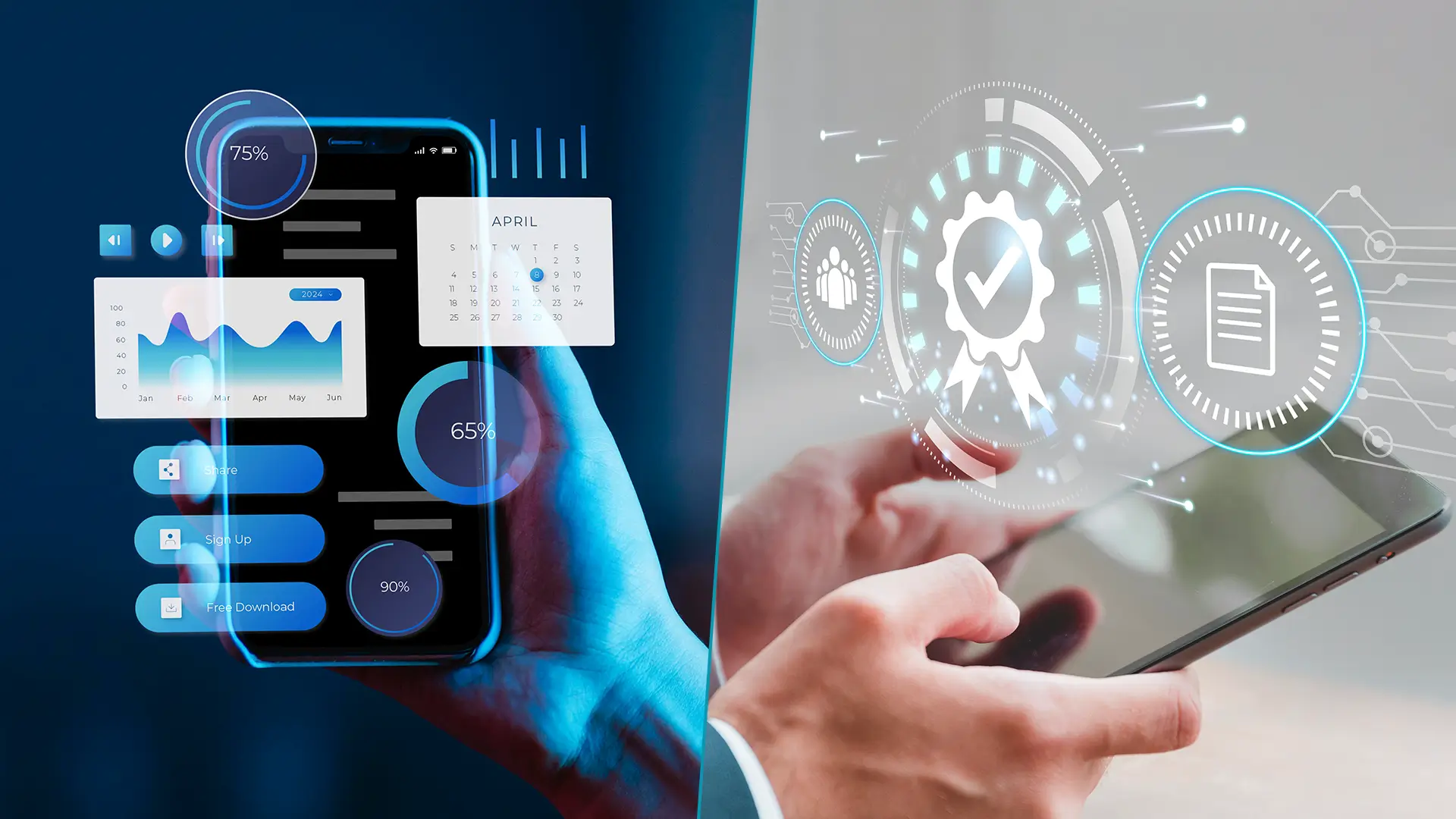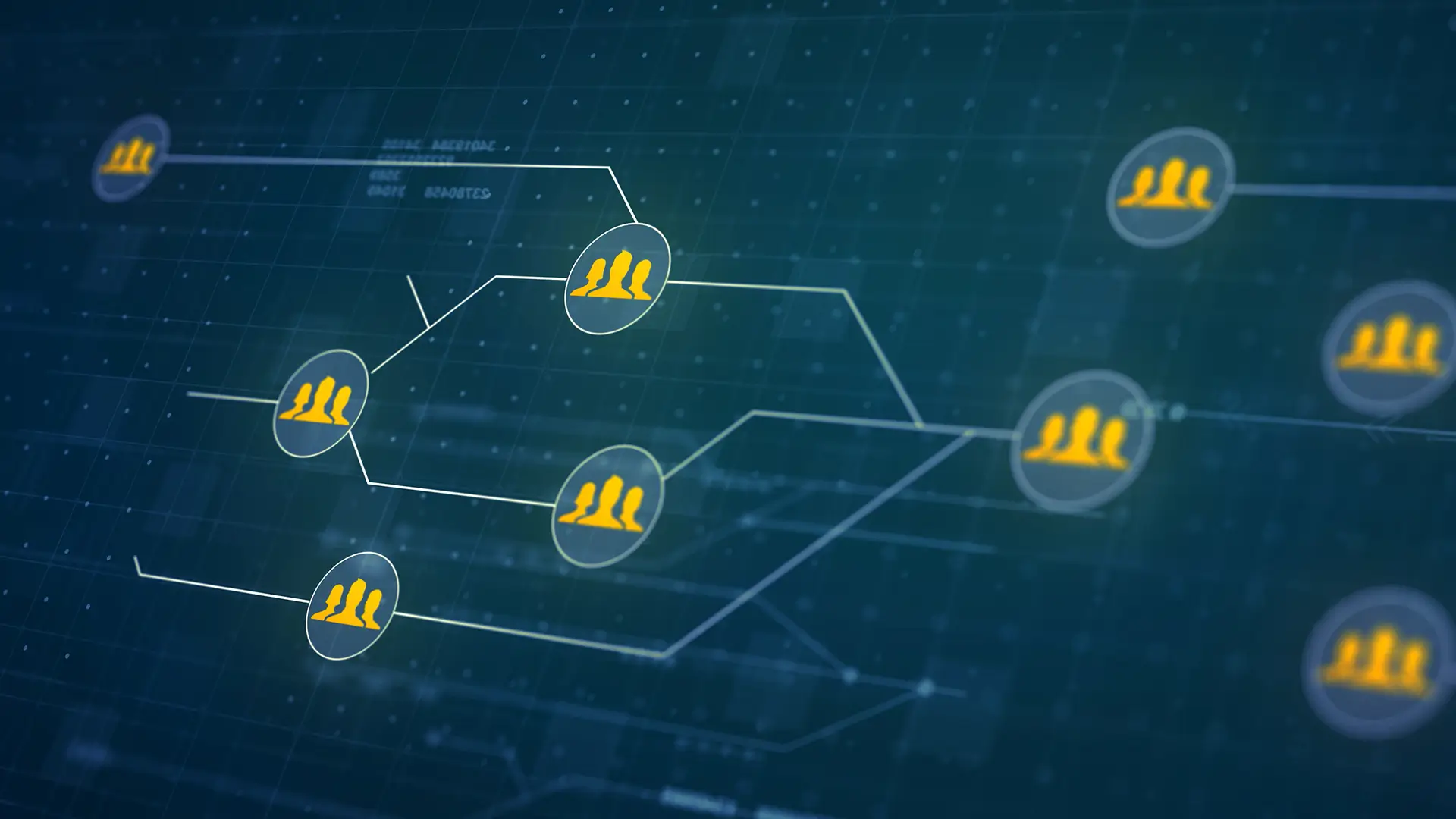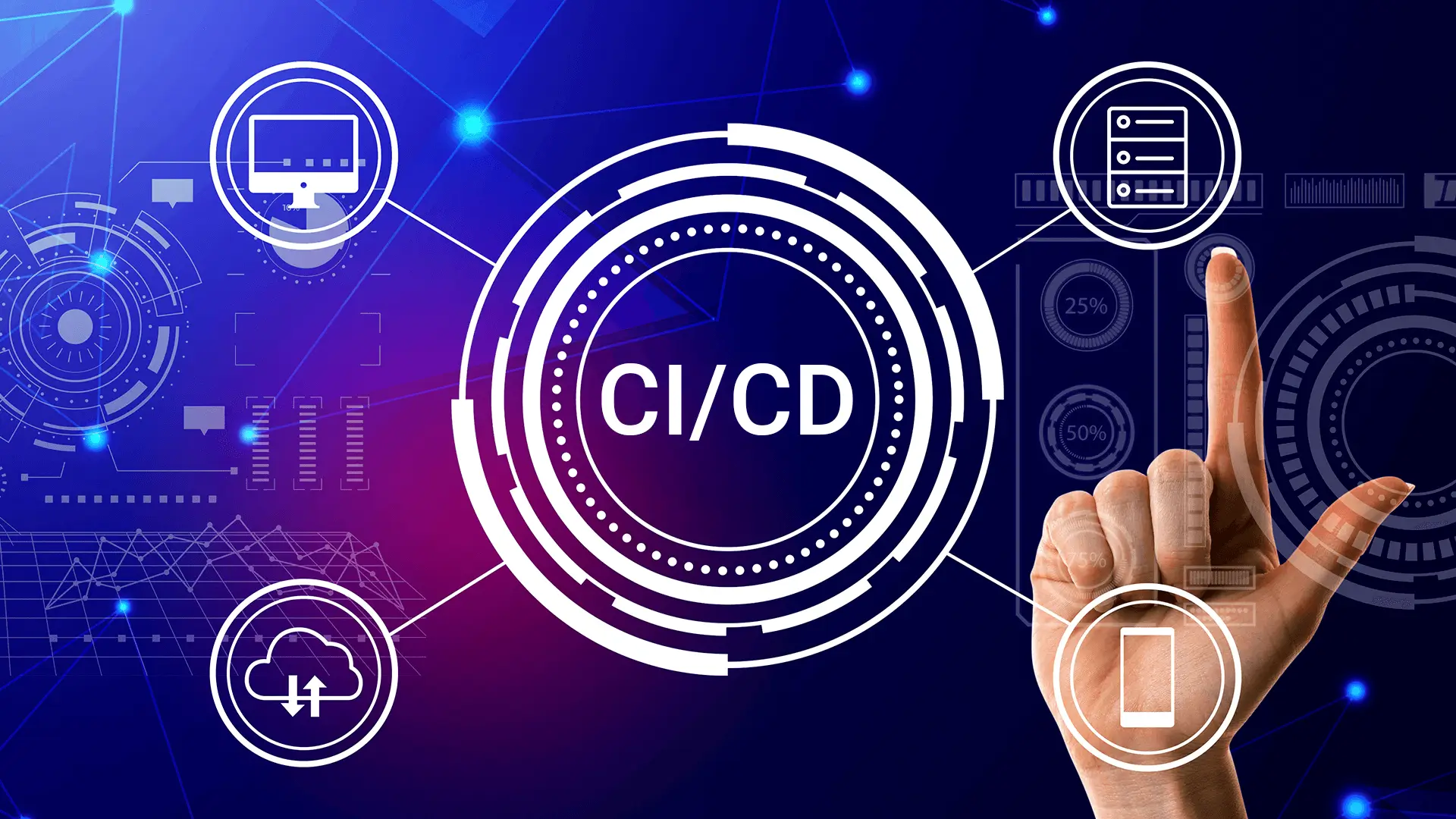Introduction
Mobile applications have become a crucial component of our everyday activities, with countless apps available on platforms like the Apple and Google Play stores. Our usage patterns highlight just how integral they have become.
Whether in the service industry or managing a retail business, you've considered developing your app. It's a wise decision, as an interactive app can boost customer engagement and benefit your business. However, creating a successful app can be complex. Before diving into mobile app development, it's essential to grasp the development lifecycle and what to expect.
Understanding the Mobile Application Development Lifecycle
The mobile application development lifecycle is a structured process that guides an app's planning, creation, testing, deployment, and maintenance. This approach enables developers to efficiently complete each stage while minimizing costs and time, ultimately producing high-quality applications.
The specific steps in this lifecycle can vary based on current development trends, app requirements, business type, and client needs. By adapting to these evolving factors, the lifecycle ensures that apps meet and often exceed customer expectations.
Importance of the Mobile App Development Lifecycle
The mobile app development lifecycle offers several key benefits:
- Informed Planning provides a comprehensive understanding of the development process, helping organizations gauge timelines and guarantee that all requirements are clear, realistic, and met on schedule.
- Enhanced Project Management: The lifecycle gives team leaders a broader perspective on app development, improving project planning and scheduling.
- Streamlined Tracking: It simplifies tracking and controlling projects, enabling organizations to schedule app releases effectively and satisfy clients.
- Increased Visibility: A standardized development framework outlines all activities and deliverables, offering greater visibility to all stakeholders.
- Cost and Risk Reduction: Adhering to the lifecycle minimizes project costs and reduces risks associated with alternative production methods.
- Faster Development: By estimating project timelines, the lifecycle helps avoid common pitfalls and may accelerate development.
Read: How Mobile App Testing Strengthens the Software Development Lifecycle
Critical Phases of Mobile App Development Lifecycle
- Project Initiation: Conceptualize the project, define objectives, and outline the initial scope.
- Requirement Analysis: Gather and understand user needs and project requirements.
- Planning: Develop a roadmap, including resource allocation, timeline estimation, and risk management.
- Design: Create the user interface (UI) and user experience (UX) to ensure functionality and usability.
- Development: Write and code the application based on design specifications and requirements.
- Testing: Rigorously evaluate the application to identify and fix bugs, ensuring it meets quality standards.
- Deployment & Maintenance: Release the app to users and provide ongoing support, updates, and enhancements.
Also read: Testing Through the SDLC - A Key to Mobile App Success
Essential Tools for Managing the Mobile Application Development Lifecycle
Effectively managing the application development lifecycle (ADLC) requires the proper tools to optimize processes and ensure project success. Here are some essential tools:
- Project Management Platforms: Tools like Jira, Trello, and Asana provide customizable task boards and agile workflows for efficient planning, resource allocation, and progress tracking.
- Version Control Systems: Git, SVN, and Mercurial support code collaboration and management, enabling concurrent development, change tracking, and code integrity maintenance.
- Collaboration Tools: Platforms such as Slack, Microsoft Teams, and Zoom enhance real-time communication and collaboration among team members, regardless of location.
- CI/CD Tools: Jenkins, CircleCI, and GitLab CI/CD automate building, testing, and deploying applications, offering features like automated testing, deployment pipelines, and rollback mechanisms for quick, reliable releases.
- Issue Tracking Systems: Bugzilla, Redmine, and Mantis help track and resolve software defects and issues, enabling teams to prioritize and address bugs promptly to avoid project delays.
- Documentation Tools: Confluence, DokuWiki, and Read the Docs facilitate the creation, organization, and sharing of project documentation, user manuals, and API docs, with features like rich text editing, version history, and access control.
Customizing the Application Development Life Cycle for Your Project
Adapting the mobile application development lifecycle to fit your project's unique needs is crucial for achieving the best results. Tailoring the stages of the ADLC to match the project's scope, objectives, and constraints is critical.
For example, a large-scale enterprise application might need a more detailed and structured approach, with extensive planning and testing phases. Conversely, a smaller mobile app could benefit from a more agile and iterative development process.
Consider the target audience and the application's intended use case. This may involve adding extra stages, such as user research, prototyping, or usability testing, to ensure the final product meets user expectations and delivers maximum value.
By customizing the ADLC to your project's specific characteristics, you can effectively manage resources, mitigate risks, and achieve successful outcomes.
Check out: 5 Strategies For Enterprise Test Automation
Expert Approach to the Mobile App Development Lifecycle
- Research and Planning: Conduct in-depth research to understand the market and competitor apps. Define your app's purpose, target audience, preferred platforms, development languages and frameworks, and critical features. Develop a timeline for development and launch and strategize your marketing approach. Early strategic analysis helps calculate ROI and manage the budget effectively.
- Wireframes: Create detailed sketches and wireframes of your app to visualize its design and functionality. This stage helps refine your ideas and identify potential usability issues. The goal is to understand how the app will look and function clearly.
- Technical Feasibility and Back-End Assessment: Evaluate whether your back-end systems can support the app's functionality. Consider aspects like APIs, data integration, servers, and push notifications. Ensure compatibility with the chosen platforms (e.g., smartphones, wearables). This assessment may lead to revising initial functionalities.
- Prototyping: To experience the app's workflows and interactions, build a rapid prototype. Collect user feedback to guide future development and make necessary adjustments.
- Design: With prototyping complete, UX and UI designers finalize the app's visual and interactive elements. UX designers focus on interactions, while UI designers craft the overall look and feel. These designs serve as blueprints for developers.
- Development: Begin coding based on the final designs. This phase includes deep testing of core functionalities, bug fixes, and modular development if needed. Integrate and test all components to prepare the app for deployment.
- Testing: Conduct thorough mobile app testing, including usability, compatibility, security, stress check, and performance testing. Early testing helps manage costs and address issues effectively. Beta testing with a segment of your target audience provides valuable real-world feedback.
- Deployment: Use platform-specific guidelines to prepare for your app's formal launch. Post-launch, gather user feedback, and plan future updates. The deployment marks the beginning of ongoing maintenance and development.
Navigating these stages successfully requires careful planning and execution. The competitive nature of the app market means that each phase must be handled with precision to avoid costly mistakes and ensure the app's success.
Maximize Mobile App Quality with HeadSpin's Advanced Testing Capabilities
HeadSpin offers a robust global device infrastructure that allows developers, testers, and QA teams to securely test mobile apps on a broad range of real, SIM-enabled devices worldwide. This comprehensive real-device cloud provides access to thousands of devices, spanning various brands, models, OS versions, and builds across 50+ global locations. HeadSpin's data science capabilities enable enterprises to test apps in real-user scenarios without relying on emulators or simulators.
Key Capabilities of HeadSpin
1. Comprehensive Device Coverage
Access thousands of real devices from different manufacturers, models, and OS versions, ensuring app compatibility and performance across platforms and minimizing device fragmentation issues.
2. Real-User Testing Scenarios
Test in real-world conditions, simulating diverse user scenarios and network environments to identify performance issues and user experience challenges, ensuring optimal performance under varying network conditions.
3. Efficient Issue Detection
Leverage data science-driven issue detection to enhance testing and performance monitoring. HeadSpin's advanced ML algorithms automatically detect potential issues and performance bottlenecks, enabling faster resolution and actionable insights.
4. Audio and Video Quality Testing
Monitor and evaluate audio and video quality using unique user experience KPIs supported by computer vision and machine learning techniques. Conduct global real-time audio playback and microphone quality tests to ensure top performance in speech-enabled apps and audio streaming.
5. Capturing Vital KPIs
Capture crucial KPIs across real devices, including app performance metrics, user experience insights, network conditions, geographic data, and device health, empowering informed decision-making and app optimization.
6. Streamlined Test Automation
Utilize automated testing solutions to streamline testing across a wide range of real devices under various real-world conditions, reducing testing cycles and accelerating time-to-market.
7. Extensive Integrations
Seamlessly integrate with widespread test automation and DevOps tools like Appium, Selenium, XCode, Jenkins, Azure, GitHub, and GitLab. These integrations provide automation API access for audio/video capture and biometric testing, enhancing overall testing efficiency.
Wrapping up
Choosing the suitable development model is crucial for the success of your mobile app development process, as it directly impacts the outcome. While developing an app can be complex, adhering to best practices can yield significant rewards.
Adopting an agile methodology speeds up development by involving continuous development iteration and mobile app testing throughout the app lifecycle.
HeadSpin provides seven distinct mobile app testing scenarios, offering a comprehensive approach to meet high quality and usability standards. With its AI-powered testing platform, extensive global device infrastructure, and data science capabilities, HeadSpin enables efficient end-to-end testing and monitoring. This results in faster release cycles, improved app performance, reduced QA time, and fewer production issues, ultimately streamlining the release process.
FAQs
Q1. What is the Agile methodology in mobile development?
Ans: Agile methodology within the software development lifecycle (SDLC) emphasizes iterative development and flexibility. It involves breaking the project into phases, each with specific activities and deliverables. The core idea of Agile is to adapt quickly to changing requirements, making it ideal for projects where requirements evolve frequently.
Q2. How does the mobile app development lifecycle differ from the SDLC?
Ans: The Application Development Lifecycle (ADLC) focuses explicitly on the stages of developing an application, from conception to deployment. In contrast, the Software Development Life Cycle (SDLC) covers a broader scope, including developing software systems, applications, and project management.
Q3. How can I ensure quality assurance throughout the mobile app development lifecycle?
Ans: Implement testing strategies at various stages to ensure quality assurance throughout the ADLC. Conducted unit testing during development, performed integration testing before deployment, and carried out user acceptance testing after deployment. This approach helps identify and address issues at each phase, ensuring a high-quality final product.



























.png)



















-1280X720-Final-2.jpg)






